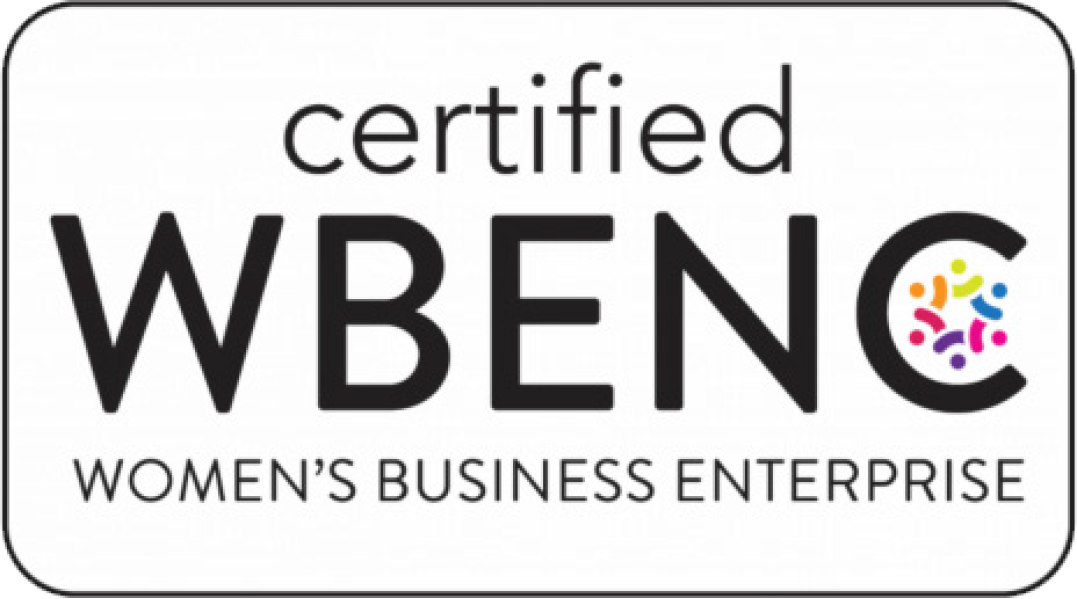Let’s face it. Money is a sensitive subject. Few topics can consistently elicit such a range of emotions: pride, envy, anxiety, shame, resentment.
All the more reason to handle the topic with care.
Nearly 60 percent of people say finances are the top cause of stress in their lives. And that kind of stress doesn’t stay at home — it follows people to work, affects performance and chips away at their well-being.
That’s where your company’s financial wellness benefits come in.
When done right — and communicated clearly — those benefits don’t just help employees make better money decisions. They help show the true value of your Total Rewards program.
Here’s how to make sure the message pays off:
Focus on the people, not the data
When you want to make a real impact, stories tend to outweigh datapoints — especially when it comes to topics that are so emotionally charged.
If you want to get the most bang for your buck (pun intended), tell your employees stories.
Moving stories.
Impactful stories.
Stories about hope and strength and struggle and resilience, such as how:
- Your company’s First-Time Homebuyers Program helped Alyssa save for her first home (including a picture with her and her pup, Banjo, on the front step)
- Your Student Loan Repayment Program helped Marcos pay off his debt years ahead of schedule (include a quote about how it feels to be debt free).
Stories evoke feelings, and feelings are the seeds from which memories grow. So, when Jasmin, a brand-new graduate and entry-level employee, is staring down the barrel of years of student loan payments, she’ll remember how she felt when she read Marcos’ story.
Then, she’ll take the next step to find out how she can follow in his footsteps.
Make information easy to find
Now, if Jasmin has to spend 30 minutes on your company intranet before she finds any information about your Student Loan Repayment Program, her feelings might shift from hope to frustration.
She might even give up midway through her search. She’s busy, you know.
When looking for answers, people will choose the shortest, simplest path every time. As a communicator, it’s your responsibility to create that path (including helpful directional signage).
Take a look at your internal platforms and materials.
- Is it easy to find information about your financial wellness benefits?
- How many clicks does it take to access information about a specific program?
- Once people get to their destination, what kind of content are they greeted with? Dense paragraphs? Handy bullet-points?
- And finally, how easy is it for them to get in touch with someone who can help?
A top-notch communicator will approach each one of these questions with one goal in mind: I need to make this as simple as possible.
Empower your managers
Financial stress often spikes during major life events — marriage, parenthood, illness, unexpected emergencies. Your financial wellness programs can provide critical support during these times, but only if employees know that help is available.
Enter your people managers.
More often than not, these folks know what’s going on in the lives of their employees. They’re the people who approve PTO and maternity leave, who organize baby showers and birthday parties.
If your managers know how your benefits can support employees during life’s biggest moments, they can communicate that to their team members in the moment — right when they need it most.
We’ve suggested this strategy before, but it’s worth mentioning again — a Manager Toolkit is every comms pro’s best friend. With it, you can equip your managers with key messages, talking points and FAQs they can use to educate their teams and boost engagement.
So, when Jasmin mentions during a team meeting that she’s looking to buy her first house, her manager can follow up with a note about the First-Time Home Buyers Program (and a link to the program’s page on the company’s intranet).
Paint the big picture
While money helps make the world go ‘round, it’s not everything. This is why your company probably offers programs that support your employees’ mental and physical wellness, too.
Whenever you can, position your financial wellness programs as part of the bigger picture. Make it easy for your audience to see how all the benefits you offer fit together into one helpful ecosystem designed to support every facet of their well-being.
If you communicate with clarity and empathy and make it easy for people to find the information they need, the payoff will be larger than you ever expected.
WordsFresh has helped Fortune 500 companies communicate their Total Rewards effectively. If you have questions, let us know.
Let’s face it. Money is a sensitive subject. Few topics can consistently elicit such a range of emotions: pride, envy, anxiety, shame, resentment.
All the more reason to handle the topic with care.
Nearly 60 percent of people say finances are the top cause of stress in their lives. And that kind of stress doesn’t stay at home — it follows people to work, affects performance and chips away at their well-being.
That’s where your company’s financial wellness benefits come in.
When done right — and communicated clearly — those benefits don’t just help employees make better money decisions. They help show the true value of your Total Rewards program.
Here’s how to make sure the message pays off:
Focus on the people, not the data
When you want to make a real impact, stories tend to outweigh datapoints — especially when it comes to topics that are so emotionally charged.
If you want to get the most bang for your buck (pun intended), tell your employees stories.
Moving stories.
Impactful stories.
Stories about hope and strength and struggle and resilience, such as how:
- Your company’s First-Time Homebuyers Program helped Alyssa save for her first home (including a picture with her and her pup, Banjo, on the front step)
- Your Student Loan Repayment Program helped Marcos pay off his debt years ahead of schedule (include a quote about how it feels to be debt free).
Stories evoke feelings, and feelings are the seeds from which memories grow. So, when Jasmin, a brand-new graduate and entry-level employee, is staring down the barrel of years of student loan payments, she’ll remember how she felt when she read Marcos’ story.
Then, she’ll take the next step to find out how she can follow in his footsteps.
Make information easy to find
Now, if Jasmin has to spend 30 minutes on your company intranet before she finds any information about your Student Loan Repayment Program, her feelings might shift from hope to frustration.
She might even give up midway through her search. She’s busy, you know.
When looking for answers, people will choose the shortest, simplest path every time. As a communicator, it’s your responsibility to create that path (including helpful directional signage).
Take a look at your internal platforms and materials.
- Is it easy to find information about your financial wellness benefits?
- How many clicks does it take to access information about a specific program?
- Once people get to their destination, what kind of content are they greeted with? Dense paragraphs? Handy bullet-points?
- And finally, how easy is it for them to get in touch with someone who can help?
A top-notch communicator will approach each one of these questions with one goal in mind: I need to make this as simple as possible.
Empower your managers
Financial stress often spikes during major life events — marriage, parenthood, illness, unexpected emergencies. Your financial wellness programs can provide critical support during these times, but only if employees know that help is available.
Enter your people managers.
More often than not, these folks know what’s going on in the lives of their employees. They’re the people who approve PTO and maternity leave, who organize baby showers and birthday parties.
If your managers know how your benefits can support employees during life’s biggest moments, they can communicate that to their team members in the moment — right when they need it most.
We’ve suggested this strategy before, but it’s worth mentioning again — a Manager Toolkit is every comms pro’s best friend. With it, you can equip your managers with key messages, talking points and FAQs they can use to educate their teams and boost engagement.
So, when Jasmin mentions during a team meeting that she’s looking to buy her first house, her manager can follow up with a note about the First-Time Home Buyers Program (and a link to the program’s page on the company’s intranet).
Paint the big picture
While money helps make the world go ‘round, it’s not everything. This is why your company probably offers programs that support your employees’ mental and physical wellness, too.
Whenever you can, position your financial wellness programs as part of the bigger picture. Make it easy for your audience to see how all the benefits you offer fit together into one helpful ecosystem designed to support every facet of their well-being.
If you communicate with clarity and empathy and make it easy for people to find the information they need, the payoff will be larger than you ever expected.
WordsFresh has helped Fortune 500 companies communicate their Total Rewards effectively. If you have questions, let us know.
 SUBSCRIBE TO
SUBSCRIBE TO
Three fresh ideas (and a meme)
Love what you just read? There’s more! Sign up for our monthly newsletter for even more thought-provoking ideas (and reasons to LOL).


